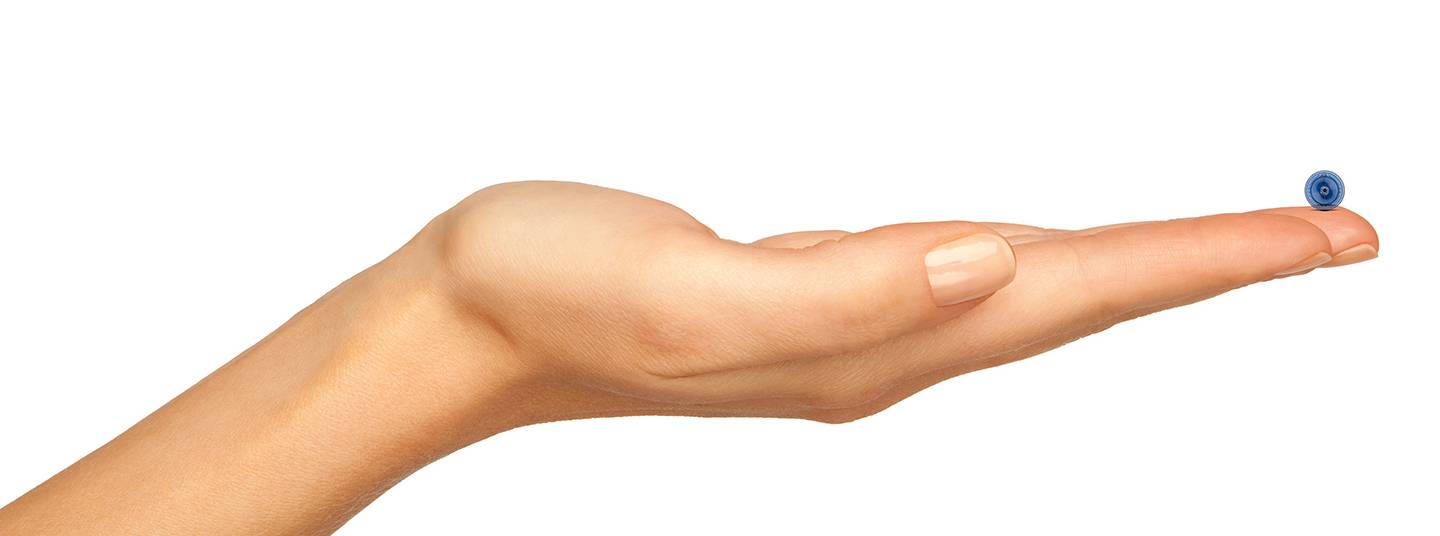Balanced nutrition: Eat mindfully
It’s no secret that a healthy diet has many benefits, but when it comes to managing diabetes, your meals play a pivotal role in improving your time within range. Ensure that you eat at regular intervals of time. Include foods that lower blood sugar— healthy carbohydrates like fruits, vegetables, whole grains, legumes and low-fat dairy products like milk and cheese— in your diet. Fiber-rich foods like vegetables, fruits, nuts and whole grains also help to enhance digestion and maintain glucose levels.
You can also incorporate scientific nutrition supplements in your diet to lower blood sugar. Scientific nutrition products help you bridge any nutritional gaps, while managing your weight, heart health and glucose levels.
Consistent monitoring: Keep an eye on your glucose levels
In an age when everything, from current affairs to global weather changes are updated in real time, the traditional method of using glucose meters has become obsolete. Consistently monitoring your blood sugar helps you make more informed, efficient decisions about food intake, activity levels and other lifestyle changes, to manage your health.
Advanced Continuous Glucose Monitoring (CGM) systems measure glucose levels painlessly through a small sensor applied to your arm, thus empowering you to go about your day without having to worry about your health. They track and store your health data over long periods of time, giving you real-time results. Your CGM device alerts you to fluctuations in your blood sugar levels, so you can make timely changes to your nutrition plan and exercise regimen.
Daily medication: Follow your doctor’s advice
Besides focusing on your nutrition, physical activity and continuous glucose monitoring, don’t forget to take your daily medicines. Proper medication, in the dosage prescribed by your doctor, helps you maintain your sugar levels and produce more insulin in your body.
Whether you’re newly diagnosed with diabetes or have been living with diabetes for years, it is possible to lead a fulfilling life. Each person living with a health condition has his or her own journey, but what these experiences have in common is the need for a sustainable management plan. With some help from MedTech you can create a plan that helps you achieve your health goals and live your best life.









FOLLOW ABBOTT